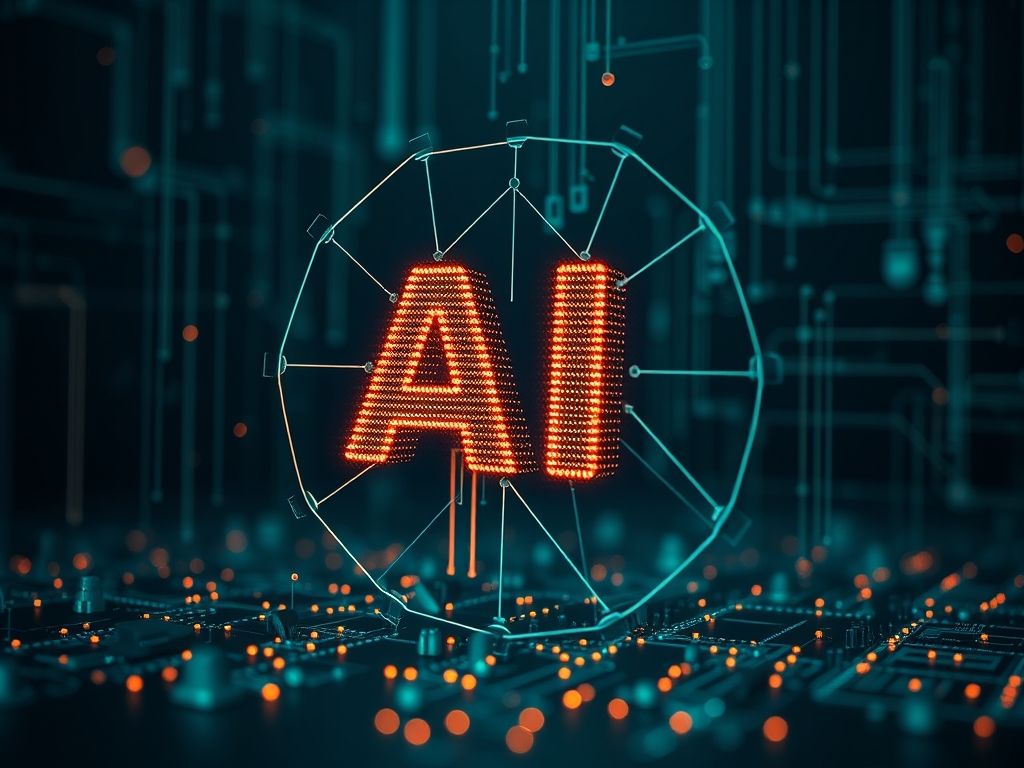Understanding AI Integration
AI Integration refers to the process of incorporating artificial intelligence technologies into existing systems, applications, or workflows to enhance functionality and efficiency. This can range from adding machine learning algorithms to existing software to embedding AI-driven analytics in business processes. The goal is to leverage AI capabilities to improve decision-making, automate processes, and provide deeper insights into data.
In a world increasingly reliant on technology, the importance of AI Integration cannot be overstated. As organizations strive for greater efficiency and innovation, integrating AI into their operations has become a critical strategy. This article delves into the various facets of AI Integration, its significance, and practical applications across different sectors.
Why Is AI Integration Important?
The integration of AI into systems provides numerous advantages, including:
- Enhanced Decision-Making: AI can analyze vast amounts of data quickly, providing insights that aid in strategic decisions.
- Increased Efficiency: Automation of repetitive tasks frees up human resources for more complex, creative work.
- Personalization: AI can tailor user experiences based on individual behavior and preferences.
- Scalability: AI systems can adapt to increased workloads without significant additional costs.
For instance, in customer service, AI integration through chatbots can streamline responses, improving customer satisfaction while reducing operational costs.
Key Aspects of AI Integration
Several key components make up successful AI Integration:
- Data Quality: The effectiveness of AI systems relies heavily on the quality of the data fed into them. Clean, relevant, and structured data is essential.
- Infrastructure: Organizations must have a robust IT infrastructure to support AI technologies, including cloud computing capabilities for scalability.
- Interoperability: AI systems should work seamlessly with existing applications and technologies to ensure a smooth workflow.
- Security and Privacy: Safeguarding data and ensuring compliance with regulations is critical in AI Integration.
For example, a retail business integrating AI for inventory management must ensure that their data is accurate and that the AI system can communicate with their existing inventory software.
Practical Applications of AI Integration
AI Integration finds applications across various industries, including:
- Healthcare: AI can analyze patient data to assist in diagnosis, predict treatment outcomes, and optimize hospital operations.
- Finance: Financial institutions use AI to detect fraudulent transactions, assess risk, and personalize financial products for customers.
- Manufacturing: AI integration in manufacturing can predict equipment failures, optimize supply chains, and improve quality control.
- Marketing: AI tools can analyze consumer behavior and preferences to create targeted marketing campaigns.
For instance, in the healthcare sector, AI algorithms analyze medical images to identify anomalies, allowing for faster and more accurate diagnoses.
How to Implement AI Integration in Your Organization
Implementing AI Integration requires a systematic approach:
- Identify Use Cases: Determine specific areas where AI can add value, such as automating repetitive tasks or enhancing data analysis.
- Assess Readiness: Evaluate your organization’s current infrastructure and data quality to ensure it supports AI initiatives.
- Select the Right Tools: Choose AI tools and platforms that align with your organization’s needs and existing systems.
- Train Your Team: Provide training for employees to effectively utilize AI technologies and understand their impact on workflows.
- Monitor and Optimize: Continuously assess the effectiveness of AI integration and make necessary adjustments to improve outcomes.
By following these steps, organizations can effectively integrate AI into their processes, leading to improved efficiency and innovation.
Related Concepts in AI Integration
Understanding AI Integration also involves familiarizing yourself with related concepts:
- Machine Learning: A subset of AI focused on developing algorithms that allow computers to learn from and make predictions based on data.
- Natural Language Processing (NLP): A field of AI that enables machines to understand and respond to human language.
- Robotic Process Automation (RPA): Technology that allows software bots to automate rule-based tasks across applications.
- Big Data Analytics: The practice of examining large datasets to uncover hidden patterns, correlations, and insights.
These interconnected concepts play a crucial role in how organizations approach AI Integration, enhancing capabilities and driving transformation.
Conclusion: The Future of AI Integration
AI Integration is not just a trend; it is a fundamental shift in how businesses operate. As technology continues to evolve, organizations that successfully integrate AI will gain a competitive edge, improve operational efficiency, and enhance customer experiences. By understanding the intricacies of AI Integration, stakeholders can make informed decisions that lead to successful implementations.
In conclusion, whether you are a programmer, web server administrator, or web developer, embracing AI Integration offers an opportunity to innovate and drive value in your organization. Consider exploring the practical steps outlined in this article to start your journey toward effective AI Integration.
How will you implement AI Integration in your organization? Reflect on the potential benefits and take actionable steps towards transformation.









